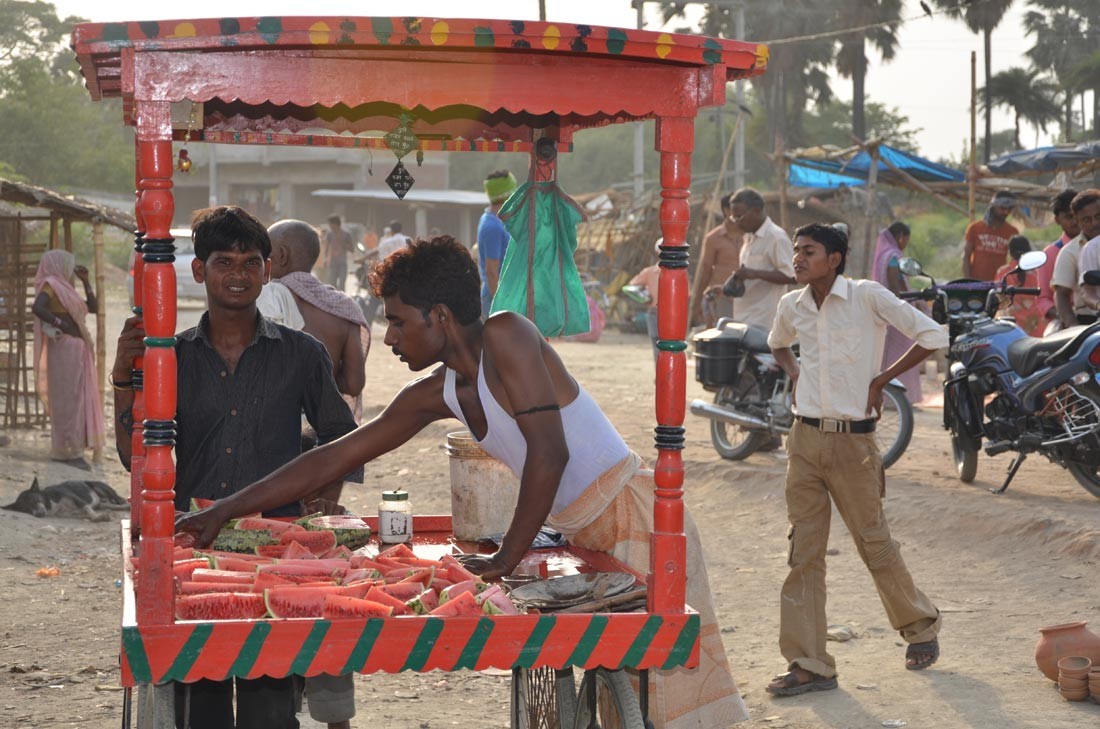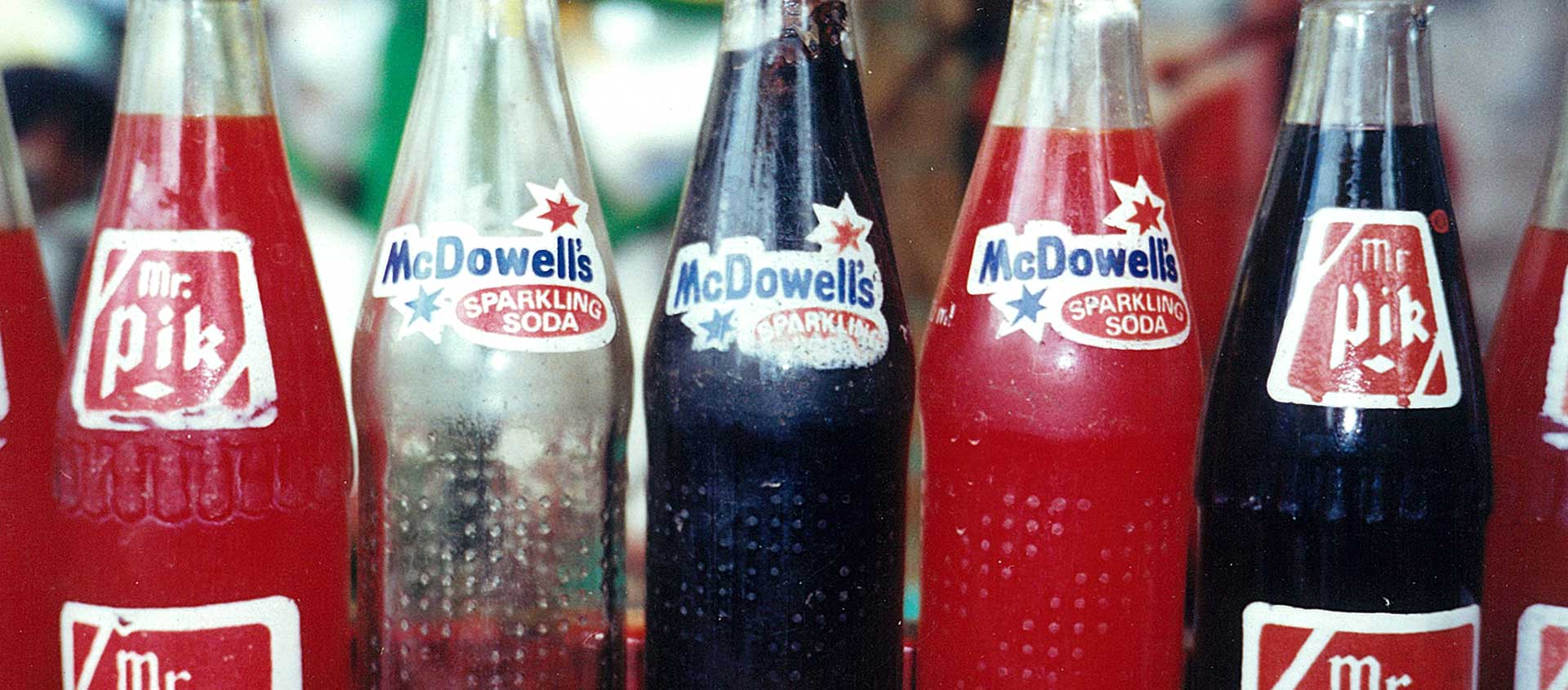
Growth in India is at its Fringes
The New Story of India – Growth at the Fringes
The India growth story has always been about the big mainstream middle class population. Being able to cost your products for an affordable price, building a wide ranging distribution system and localizing your offer to the local tastes have been the key tenets of success in India during the last two decades. The book on how to win the mainstream India game has almost been written. While the mainstream market in India continues to grow and drive the India story, the growth at the fringes looks like a new story in making.
There are two big opportunities at the two ends of the age spectrum in India. Typically, Indian businesses and brands have targeted the lowest hanging fruit – the 25 to 45 year olds. Being the median age of the country, this segment has also lived through the peak of the Indian liberalization curve. As a result, they have embodied all that the new emerging India is known for – a sudden rise in affluence, high levels of confidence and a desire to stay young. Most of our time in the last two decades has gone in chasing these 40 years olds and making them feel like 20 year olds. That may explain why the youngest country in the world doesn’t have too many real youth brands.
The images of a good life that reach our houses through television, cinema and other influences also reach these households. Their desire to live the same glossy life is in no way lesser than the consumers of the middle or the premium segment in India.
The new opportunity in India is in targeting the age group of 25 and below or what I call the real youth. There are some 207 million between the ages of 15 and 24 of which 29 million are within the top three socio-economic classes in urban India (SEC A, B & C). Fastrack, a brand of youth accessories such as sunglasses and watches is today a 100 million USD business. Similarly, the deodorant category in India is estimated to be around 190 million USD with a growth rate of 25 per cent. And the size of the denim market is claimed to be around 425 million USD. Looking at the potential of the youth market, Yash Raj films (a prominent bollywood banner) have launched Y films that will focus exclusively on the youth audience. There is no shortage of evidence that the youth market, if targeted with focus, has huge potential.
There is opportunity at the other end of the age spectrum, with the 45 plus age segment. There are 350 million people in India above the age of 45, of these, 27 million live in urban India and belong to the top three socio-economic classes. This is the segment, which displays maturing taste and expectations, having lived the euphoria of liberalization. At the top end, this is the market for the second home or the luxury car. At the mass end, it has a big demand for retirement homes. Kesari Tours, one of the leading tour operators in India, runs a special tour for seniors called ‘Second Innings’. These needs of this segment are certainly a little more than just feeling young; hence the ways of targeting the 25 to 45 isn’t perhaps enough for this segment.
Just as there is growth at the two ends of the age spectrum in India, there is opportunity at the top and bottom end of the income segment as well. The premium end of the Indian consumer market is beginning to take off in India. This is the new market for luxury in India. In housing, for instance, this segment has seen several launches by builders like Lodhas and India Bulls in Mumbai and DLF and Unitech in Delhi. Brands like Audi and BMW in luxury sedans, Jean Claude Beguine in spa salons, and Neutrogena and L’Oreal in personal care are serving this market. According to an Ernst & Young study, the Indian wellness market stands at $2.27 billion and is set to grow at a compounded annual growth rate of 30 to 35 percent for the next five years. The market for premium goods and services taking off bodes well for an alternative business model in India, which is based on value and not just volume.
The fourth opportunity area is the much-discussed entry level or the bottom of the pyramid market. Typically, the bottom of the pyramid market is seen as a price-driven segment. While price is a key component of this mix, experiences such as that of the Tata Nano have proven that it’s not the only element. In fact, the bottom of the pyramid aspires to be top in status. The images of a good life that reach our houses through television, cinema and other influences also reach these households. Their desire to live the same glossy life is in no way lesser than the consumers of the middle or the premium segment in India.
Access brands have a big role to play in this segment. Access brands are those, which make their category accessible to the consumer segment below. They tap into categories of products that fall out of the reach of some consumers and make them reachable. Access brands often redefine value in that particular category. While the price–value equation is a critical component of the access brand strategy; most access brands also score high on imagery. A brand like Micromax, for instance, makes available mobile phones with high-end features at accessible prices. Micromax, however, also spends significantly on building aspiration for the brand.
Clearly, the Indian consumer market is growing at its fringes. While the mainstream age segment and the middle of the market continues to be a big play for most businesses, there is opportunity on either sides of the age spectrum and the top and the bottom ends of the market pyramid. The rules of winning the game here are a little different from the ones that we have learnt in the last two decades. This should make for some new and exciting stories in the next few years.
(This Article first appeared in CampaignAsia)


No Comments